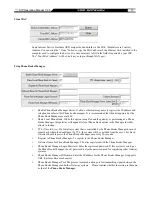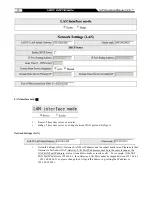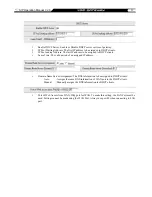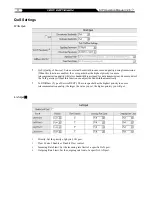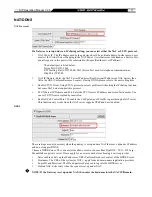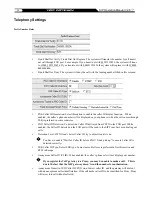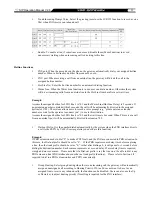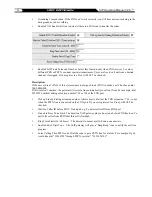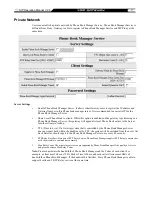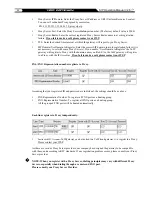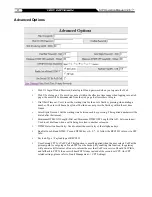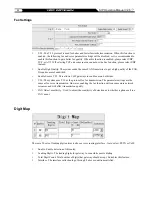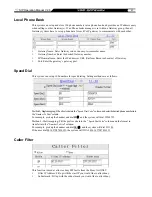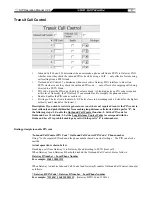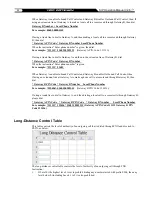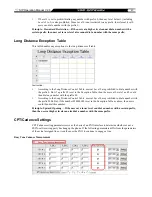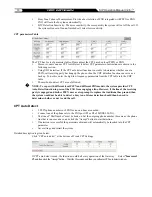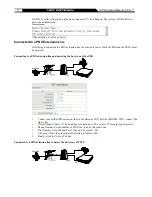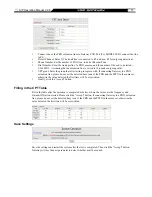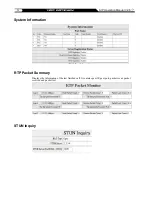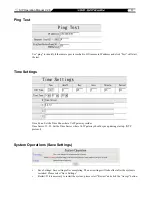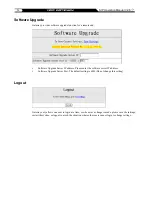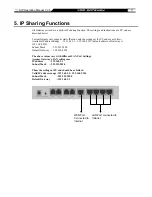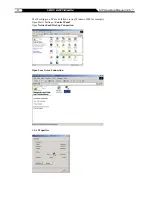
43
SIP Operation Manual V2.6
Line Settings
Listening Volume: Adjusts the hearing volume.
Speaking Volume: Adjusts the speaking volume.
Tone Volume: Adds a new option to make tone volume adjustable. This setting will be applied to all
tones generated by the VoIP gateway including Dial Tone, Busy Tone, and so on.
Flash Time:
FXS: Used to adjust the detecting period of flash signal from the phone set connected to the FXS
port. For example, if pressing the HOLD key will disconnect a call, increase the “Flash
Detect Time” should fix this issue.
FXO: Used to set the time frame that FXO generates a FLASH signal.
Enable Polarity Reversal:
FXS: As the remote site answer this call or hook on the FXS port will reverse the polarity.
FXO: This option forces the gateway to detect the reversal of polarity on FXO port as the
primary signal to drop a call. Some telephone switches or PBX reverse the line polarity to
inform the remote end to drop an ongoing call. Please consult with the telephone service
provider for availability of this feature.
PSTN Answer Detection: This is used only by ITSP.
Voice
Preferred Codec Type: Since different voice codec have different compression ratios, so the sound
quality and occupied bandwidths are also different. It is recommended to use the default provided
(G.723.1) because it occupies less bandwidth and will provide better sound quality.
Jitter Buffer: Adjusts the jitter to receive a packet. If the jitter range is too wide, it will delay voice
transmission.
Silence Suppression: If one side of a connection is not speaking, the system will stop sending voice
data (package) to decrease bandwidth usage.
Echo Canceling: Prevents poor telecommunication quality caused by echo interference.
Packet Time: Defines how long the VoIP gateway sends a RTP packet-voice packet- to the other
side. The smaller the value, the more bandwidth usage. The larger the value, the more voice delay.
Approximate Bandwidth Require: The bandwidth required varies with codec format and packet
time.

